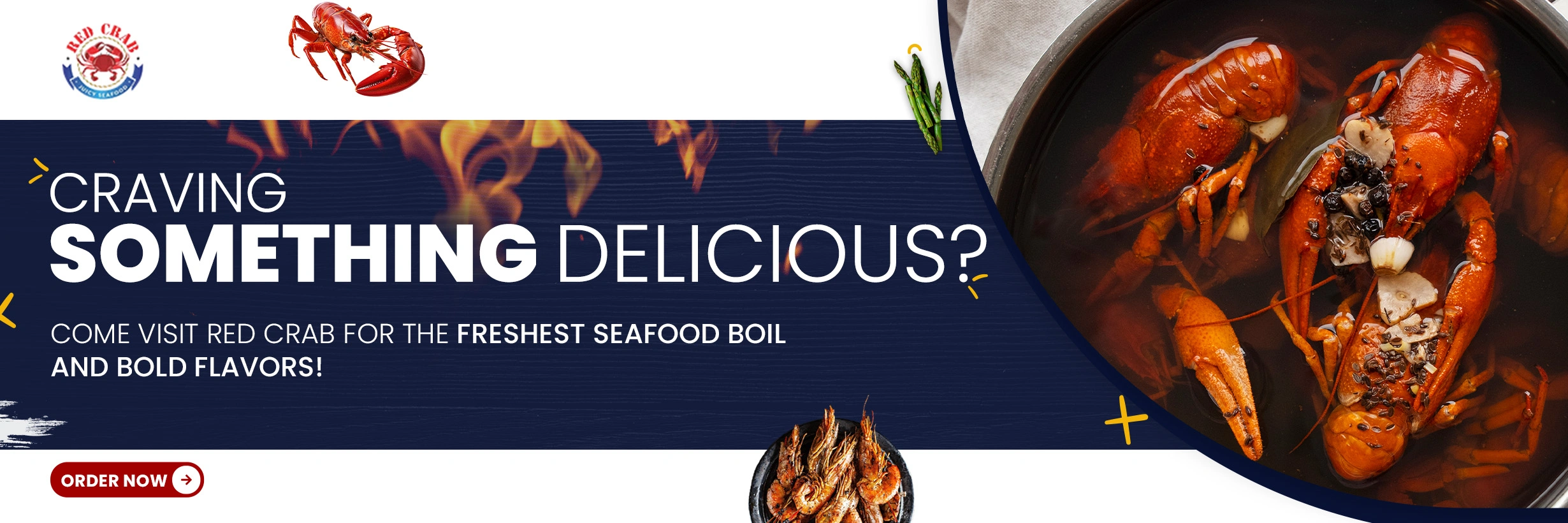Healthiest Fish to Eat
Fish is one of the healthiest foods you can add to your diet. It is rich in protein, vitamins, and omega-3 fatty acids, which are essential for heart and brain health. However, not all fish are the same when it comes to health benefits. Some are full of nutrients, while others may contain high levels of mercury or other contaminants. In this blog, we will explore the healthiest fish to eat and why they should be part of your diet.
Table of Contents
Why Eat Fish?
Fish is an excellent source of lean protein and essential nutrients. Here are some key benefits of eating fish:
- Rich in Omega-3 Fatty Acids: These healthy fats help reduce inflammation, lower the risk of heart disease, and improve brain function.
- High-Quality Protein: Fish provides essential amino acids that support muscle growth and repair.
- Loaded with Vitamins and Minerals: Fish contains vitamin D, B vitamins, selenium, and iodine, all of which are essential for good health.
- Good for Heart Health: Regular fish consumption can lower blood pressure, reduce cholesterol levels, and decrease the risk of heart attacks and strokes.
Now, let’s dive into the healthiest fish to eat and why they are good for you.
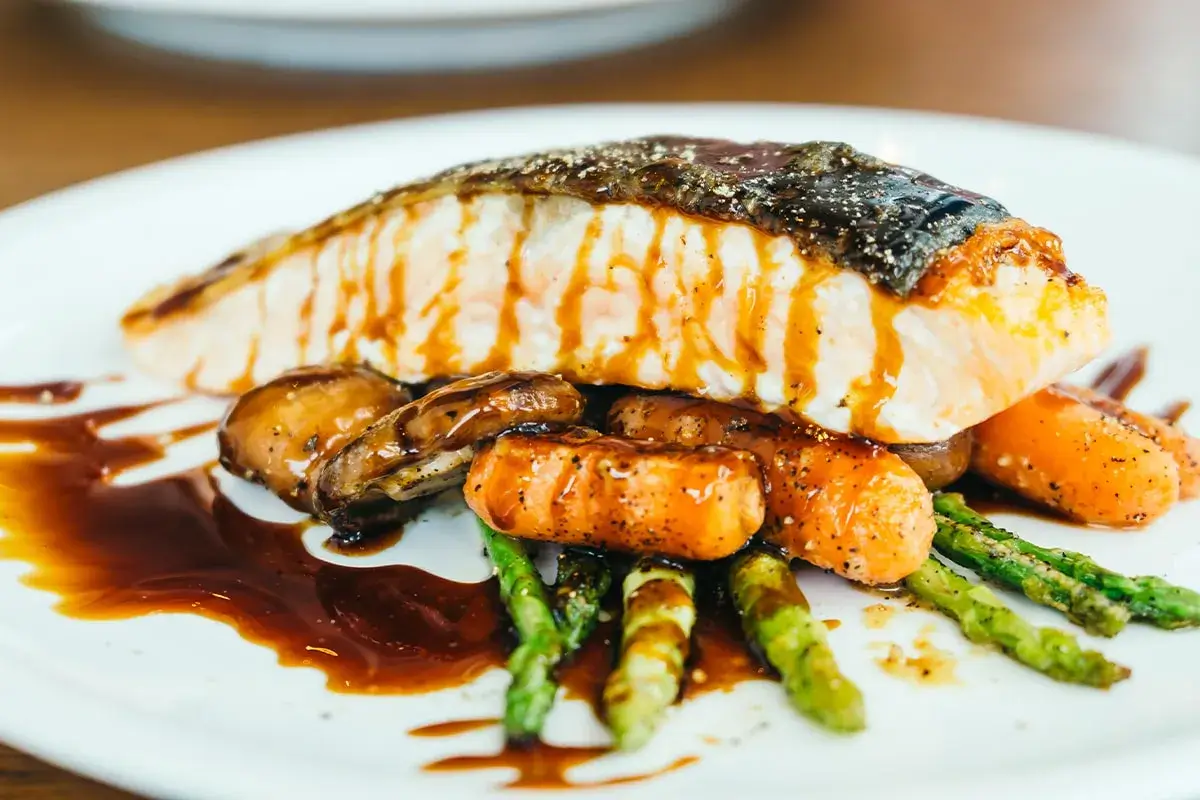
How to Choose the Best Fish
When selecting the best fish to eat, keep the following in mind:
Anchovies
Anchovies are small, oily fish that are high in omega-3s and calcium. They are an excellent source of nutrients for bone health and heart health. Because they are small, they also have lower mercury levels, making them a safe choice for frequent consumption.
Anchovies are often used as a topping for pizza, salads, and pasta dishes. Their bold, salty flavor adds a unique taste to many recipes. If you are not a fan of the strong flavor, you can use them in sauces or dressings for a more subtle taste.
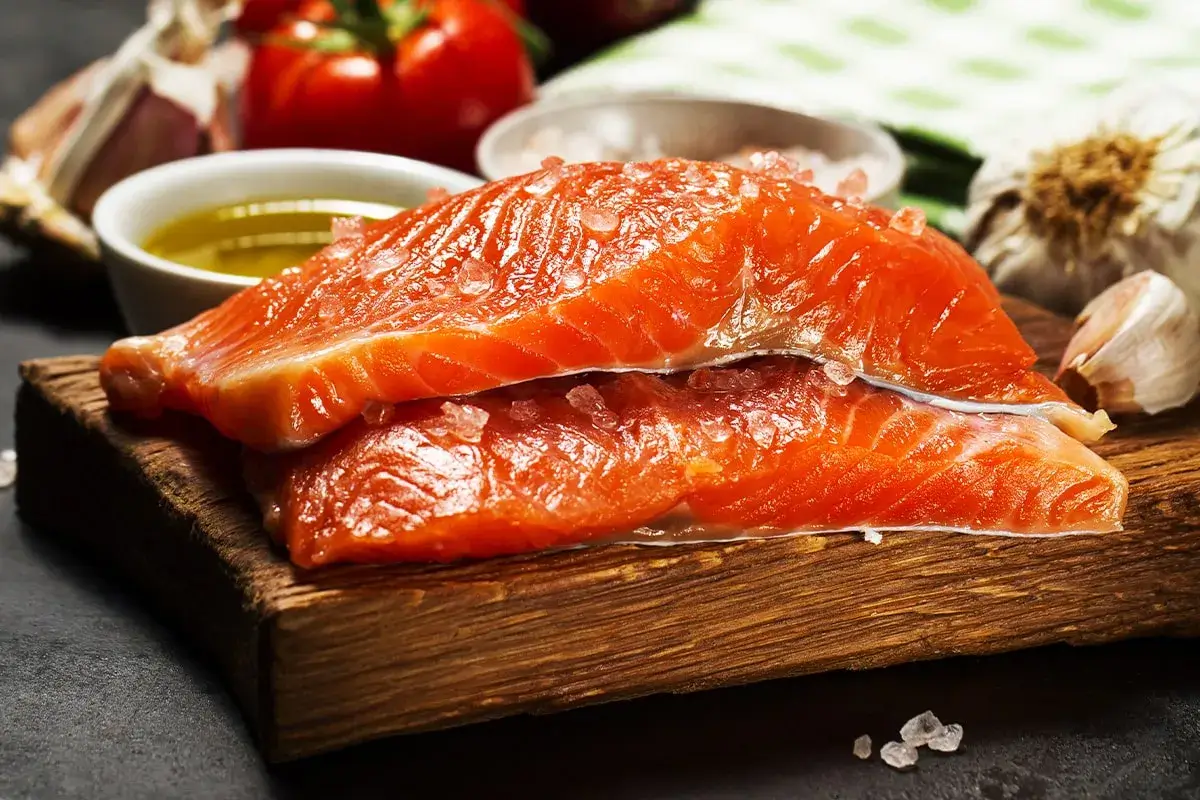
Salmon
Salmon is one of the healthiest fish to eat because it is rich in omega-3 fatty acids, high-quality protein, and essential vitamins. It helps support heart health, brain function, and inflammation reduction. It also contains important nutrients like vitamin D and selenium, which contribute to a strong immune system and improved bone health. Wild-caught salmon is particularly beneficial as it has a better nutrient profile and fewer contaminants compared to farmed salmon.
There are many ways to enjoy salmon. You can grill it with some lemon and herbs for a delicious meal, bake it with a honey glaze, or even add it to salads and pasta dishes. Smoked salmon is another popular option that can be eaten on whole grain toast or bagels with cream cheese. Whatever the method, salmon remains a tasty and nutritious choice for those looking to eat healthier.
Arctic Char
Arctic char is a cold-water fish similar to salmon but with a milder flavor. It has high omega-3s and is low in contaminants, making it a healthy choice for regular consumption. Arctic char can be grilled, baked, or pan-seared. Its mild yet rich flavor makes it an excellent alternative to salmon. It pairs well with fresh vegetables, herbs, and light sauces, making it a delicious and nutritious meal option.
Sardines
Sardines are small but mighty when it comes to nutrition. They are packed with omega-3 fatty acids, vitamin B12, and calcium, making them excellent for heart health, bone strength, and brain function. Unlike larger fish, sardines have very low mercury levels, making them a safer choice for regular consumption. They are also considered one of the most sustainable fish to eat due to their fast reproduction rates and minimal impact on ocean ecosystems.
These tiny fish can be eaten fresh, but they are most commonly found canned in olive oil or tomato sauce. They make a great topping for toast, a protein boost for salads, or even a tasty addition to pasta dishes. Sardines are versatile and can be included in various recipes to enhance both taste and nutrition.
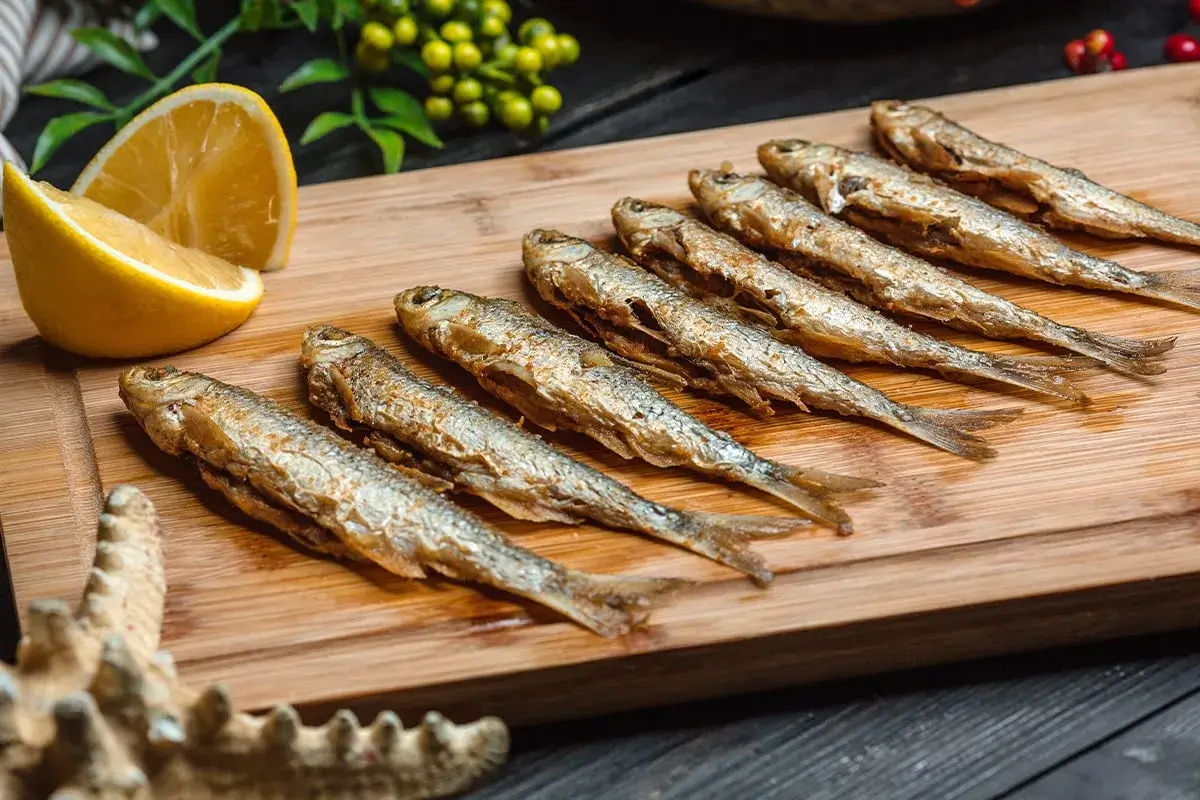
Halibut
Halibut is a firm, white fish that offers a good amount of protein and omega-3s. It is beneficial for maintaining muscle and bone health while also supporting heart function. Halibut has a delicate, slightly sweet flavor that makes it a favorite among seafood lovers.
Halibut can be grilled, pan-seared, or broiled to perfection. It pairs well with fresh herbs, citrus flavors, and light sauces. Because of its firm texture, halibut holds up well in various cooking methods, making it an easy fish to work with in the kitchen.
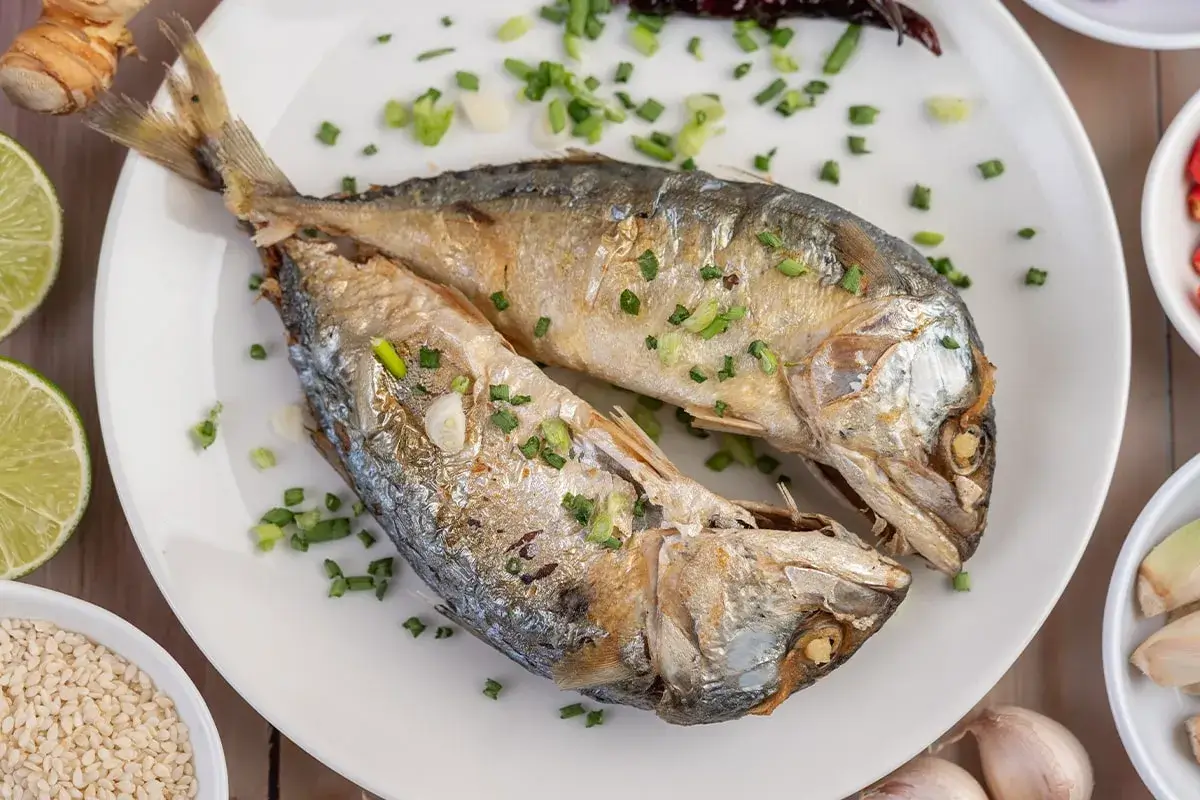
Mackerel
Mackerel is a highly nutritious fish that is rich in healthy fats, vitamin D, and selenium. It supports heart health by reducing cholesterol levels and inflammation, making it an excellent choice for those looking to improve their cardiovascular health. Mackerel is also a great source of protein, which helps build and repair muscles.
Mackerel has a strong, distinctive flavor that makes it a favorite for grilling, smoking, or eating raw in sushi. When smoked, it takes on a deliciously rich taste that pairs well with salads or crackers. If you prefer a more subtle taste, baking it with herbs and spices can make it a delicious and nutritious meal option.
Cod
Cod is a mild, white fish that is low in fat but high in protein and essential nutrients. It is an excellent choice for those looking to maintain heart health and support muscle growth. Cod is also rich in B vitamins, which help with energy production and overall well-being.
Cod is commonly baked, grilled, or used in fish tacos. Its mild flavor makes it a versatile ingredient that can be paired with a variety of seasonings and sauces. Whether you enjoy it in a classic fish and chips dish or a healthy Mediterranean-style recipe, cod is a nutritious option for any meal.
Rainbow Trout
Rainbow trout is a fantastic fish choice due to its high omega-3 content and low mercury levels. It is an excellent alternative to salmon, offering many of the same health benefits without the risk of contaminants. Rainbow trout is also rich in essential vitamins and minerals like vitamin B12, which supports energy production and brain function.
Cooking rainbow trout is easy and versatile. You can pan-fry it for a crispy texture, bake it with lemon and garlic, or even grill it for a smoky flavor. The mild taste of trout makes it an appealing option for those who are new to eating fish or prefer a less fishy taste.
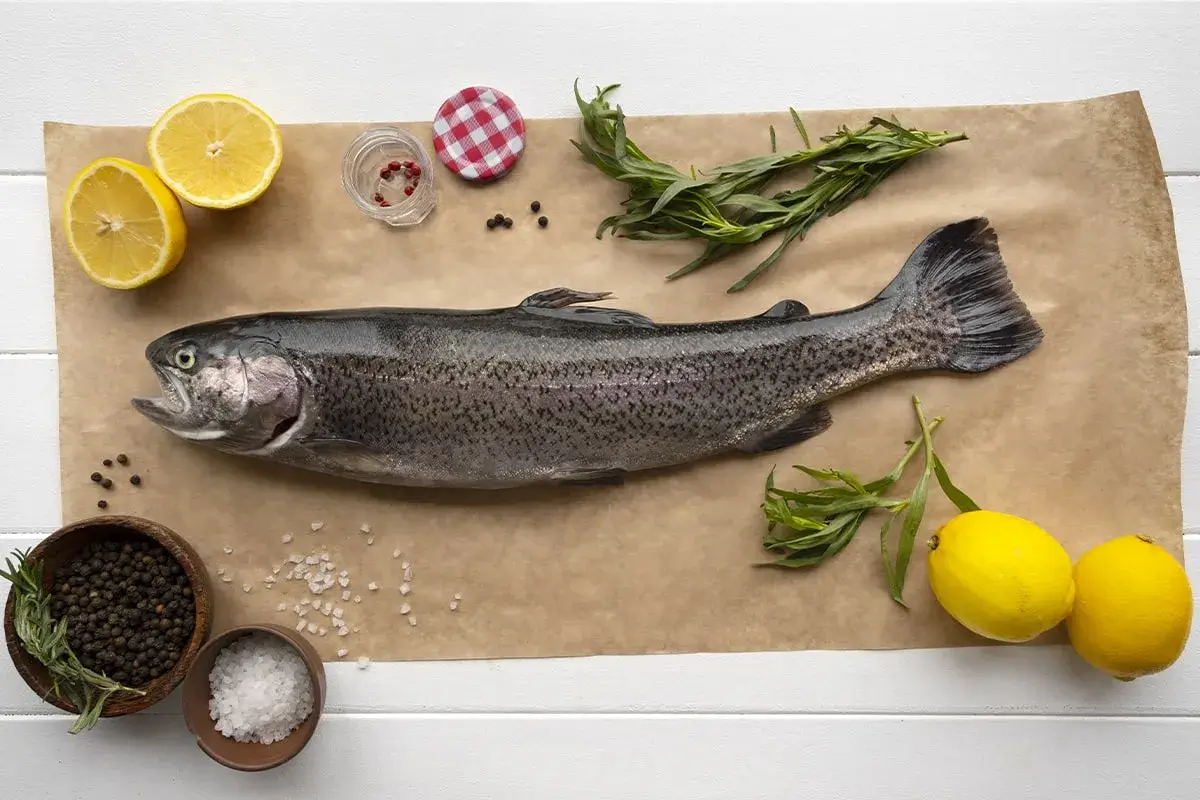
Tuna
Tuna is a widely popular fish that provides a good source of protein and omega-3s. However, it is important to choose light tuna over albacore tuna, as it contains lower mercury levels. Tuna supports heart health, brain function, and muscle growth, making it an excellent choice for those who need a protein-rich diet.
Canned tuna is incredibly versatile and can be used in a variety of dishes. It works well in sandwiches, salads, and pasta dishes. For a healthier meal, mix it with Greek yogurt instead of mayonnaise. Tuna is also a great option for quick and easy meals that require minimal preparation.
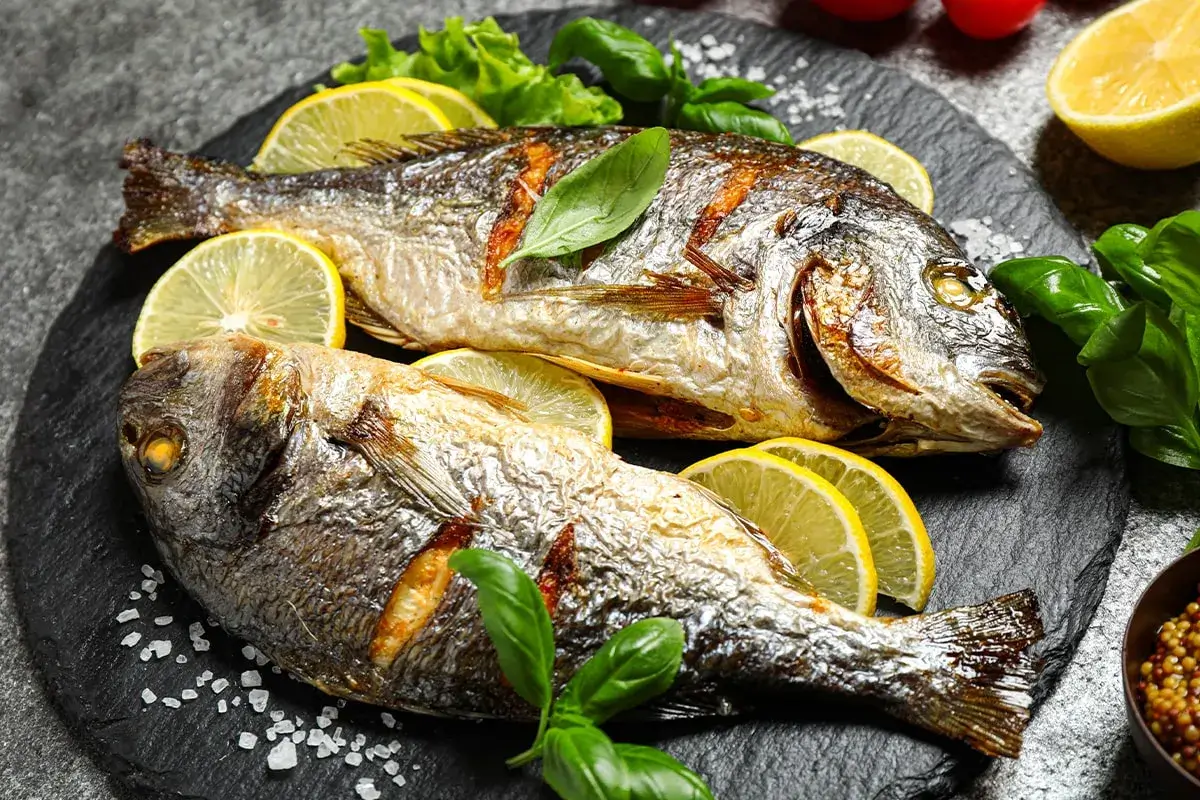
Herring
Herring is a small, oily fish similar to sardines and mackerel. It is packed with omega-3 fatty acids, vitamin D, and antioxidants, which contribute to overall heart health and inflammation reduction. It is also rich in protein, making it a great food for muscle repair and overall health.
Herring is commonly eaten smoked, pickled, or grilled. Smoked herring has a bold, savory flavor that pairs well with whole grain crackers and cheese. Pickled herring is popular in Scandinavian cuisine and is often enjoyed as an appetizer. Regardless of how it is prepared, herring is a flavorful and nutritious addition to any diet.
Finding Healthy Fish Near You
If you’re wondering, where can I find fresh seafood near me? Check out local fish markets, grocery stores, or seafood restaurants. Many places offer a seafood menu featuring some of the healthiest fish to eat.
frequently asked questions
Why is wild-caught salmon a healthy choice?
Wild-caught salmon is healthier because it contains more omega-3 fatty acids and fewer harmful chemicals compared to farmed salmon. It also has a better nutrient profile, making it an excellent choice for overall health.
Are sardines a sustainable fish to eat?
Yes, sardines are one of the most sustainable fish because they reproduce quickly and are caught in a way that minimizes environmental impact. They are also low in mercury and high in essential nutrients.
What are the benefits of eating rainbow trout?
Rainbow trout is a rich source of omega-3 fatty acids, high-quality protein, and essential vitamins. It supports heart health, brain function, and muscle growth while being low in contaminants.
How is herring beneficial for health?
Herring is packed with omega-3 fatty acids, vitamin D, and antioxidants. It supports heart health, reduces inflammation, and strengthens bones, making it a great addition to a healthy diet.
Conclusion
Adding fish to your diet is a smart and tasty way to improve your health. By choosing the healthiest fish to eat, you can enjoy delicious meals while benefiting from essential nutrients. Whether you prefer salmon, sardines, or rainbow trout, there are many nutritious options available. Next time you’re looking for a healthy meal, consider trying some of these healthiest fish to eat!


